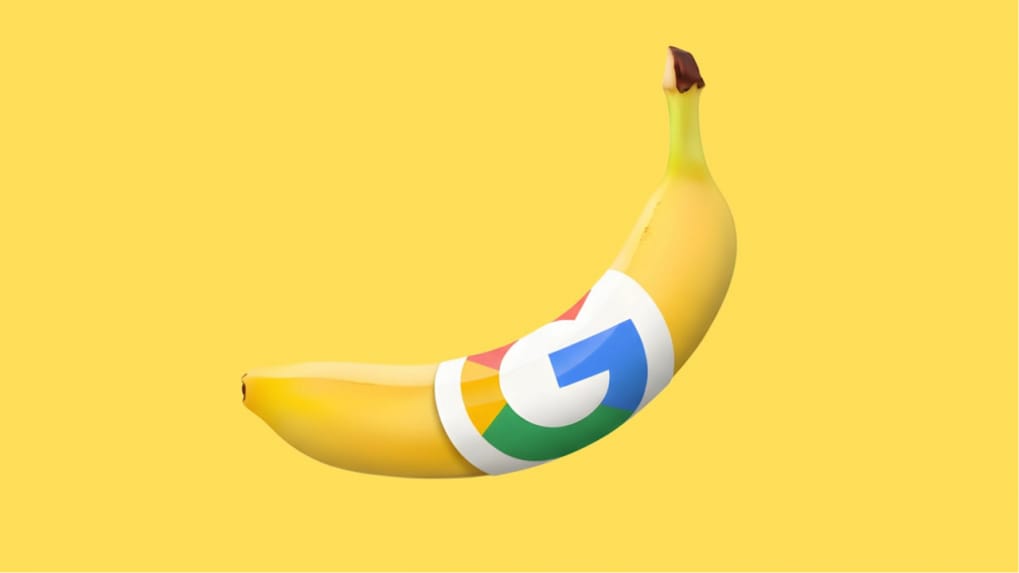Digital
Why OpenAI is hiring 100 ex-bankers: Inside the ChatGPT-maker's secret project to automate Wall Street's grunt work

Google’s most talked-about image generation model, Gemini Nano Banana, became an online sensation shortly after launch, but few knew the backstory behind its unusual name. The company has now disclosed how the name came to be, with David Sharon, Group Product Manager for the Gemini App, revealing on the Made by Google podcast that “Nano Banana” began life as nothing more than a placeholder name provided by an employee named Nina.
He explained that when Nina submitted the model anonymously to LM Arena, an open platform for testing AI systems through human preference, she was required to provide a temporary name. Working late one night, she typed “Nano Banana” as a quick placeholder at around 2:30 a.m., never expecting it to become the model’s official identity.
Sharon revealed that the model’s true origin was intentionally masked to ensure unbiased feedback during testing, as Google wanted the system to be evaluated like any other image generation model.
He said that when the AI began gaining traction on LM Arena, users quickly latched on to the playful placeholder name, referring to it universally as “Nano Banana”. By the time the model was launched publicly, the name had already taken on a life of its own, prompting Google to officially adopt it. Sharon explained that the company decided to embrace the name after realising how strongly it resonated with users, describing it as a happy accident that perfectly captured the creativity and accessibility of the project.
Gemini Nano Banana, officially part of Google’s Gemini AI suite, stands out from its predecessors by demonstrating significant advances in visual generation, particularly in maintaining character consistency and handling complex, imaginative concepts. Sharon revealed that during early internal tests, the team immediately noticed the model’s ability to generate highly detailed and coherent images of people and scenes, marking a leap beyond basic image generation tasks.
The model’s distinctive performance and its now-iconic name have together helped it become one of the most recognisable AI systems in Google’s portfolio, symbolising a blend of technical innovation and serendipitous creativity.
From purpose-driven work and narrative-rich brand films to AI-enabled ideas and creator-led collaborations, the awards reflect the full spectrum of modern creativity.
Read MoreIn a wide-ranging interview with Storyboard18, Sorrell delivers his frankest assessment yet of how the deal will redefine creativity, media, and talent across markets.